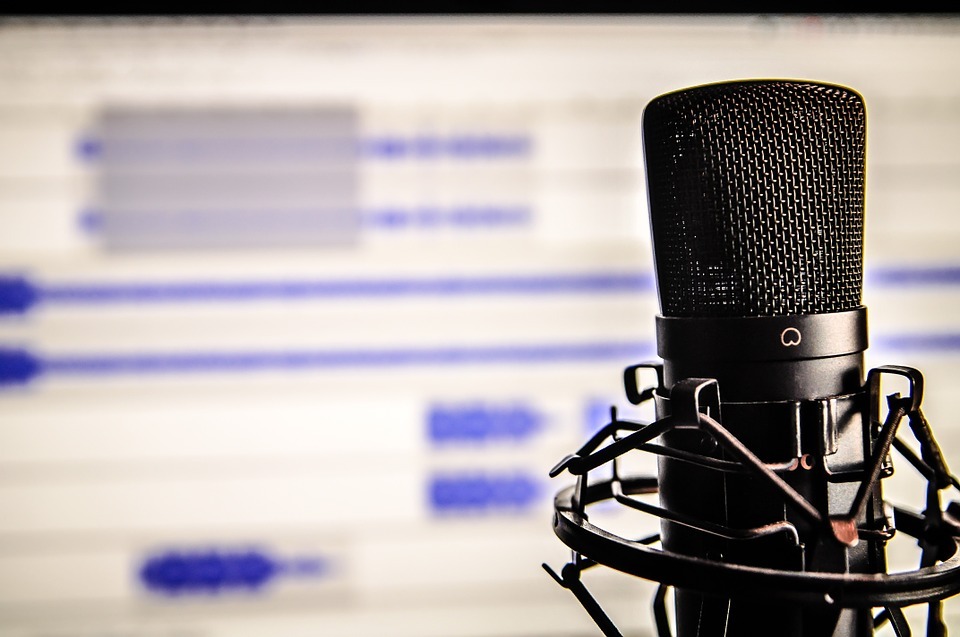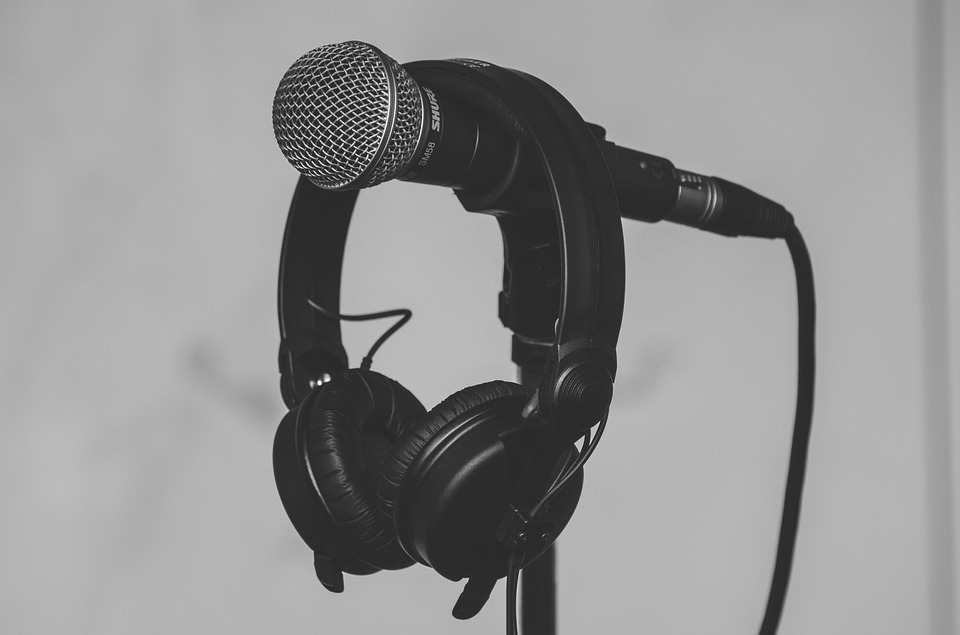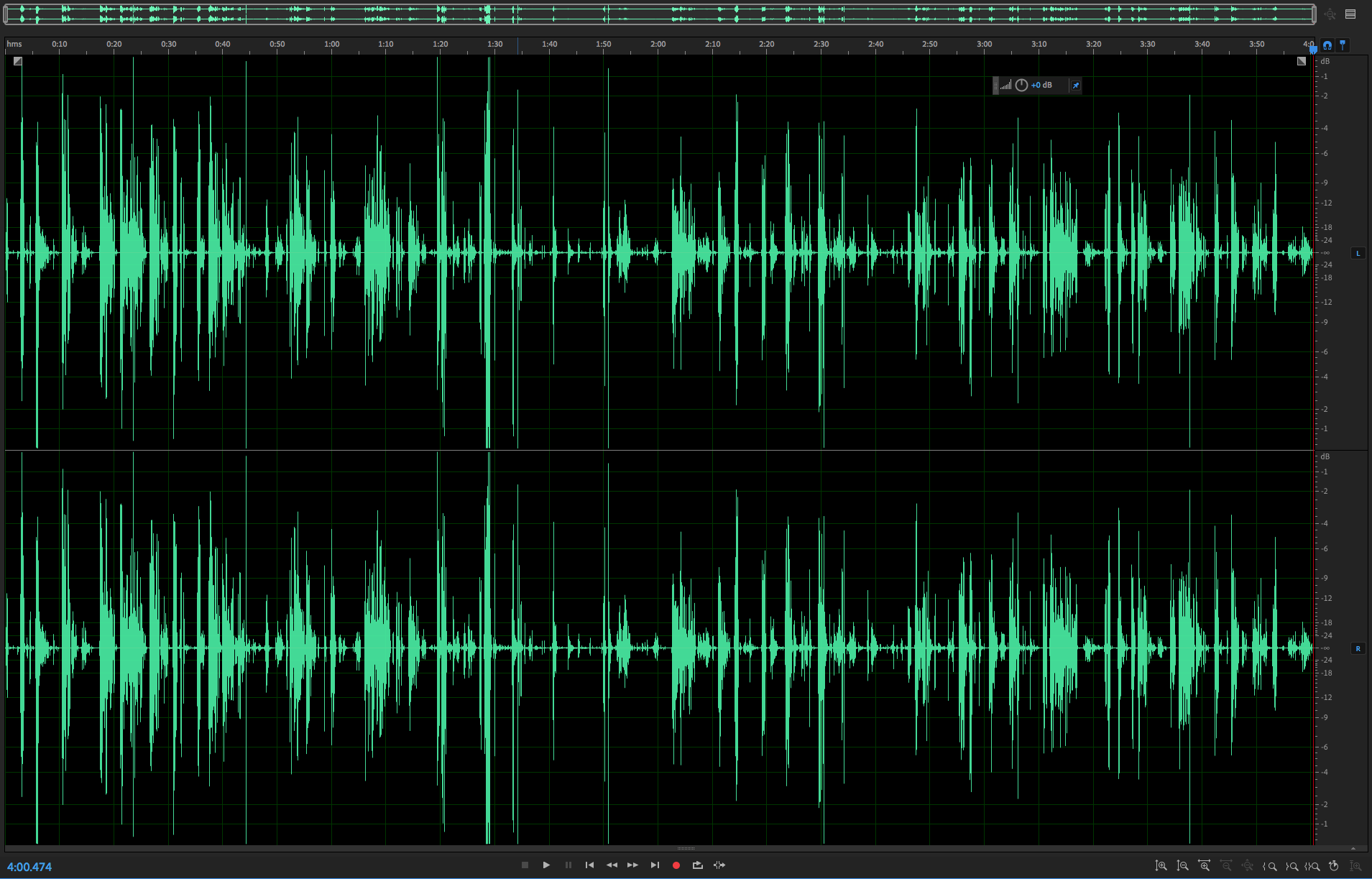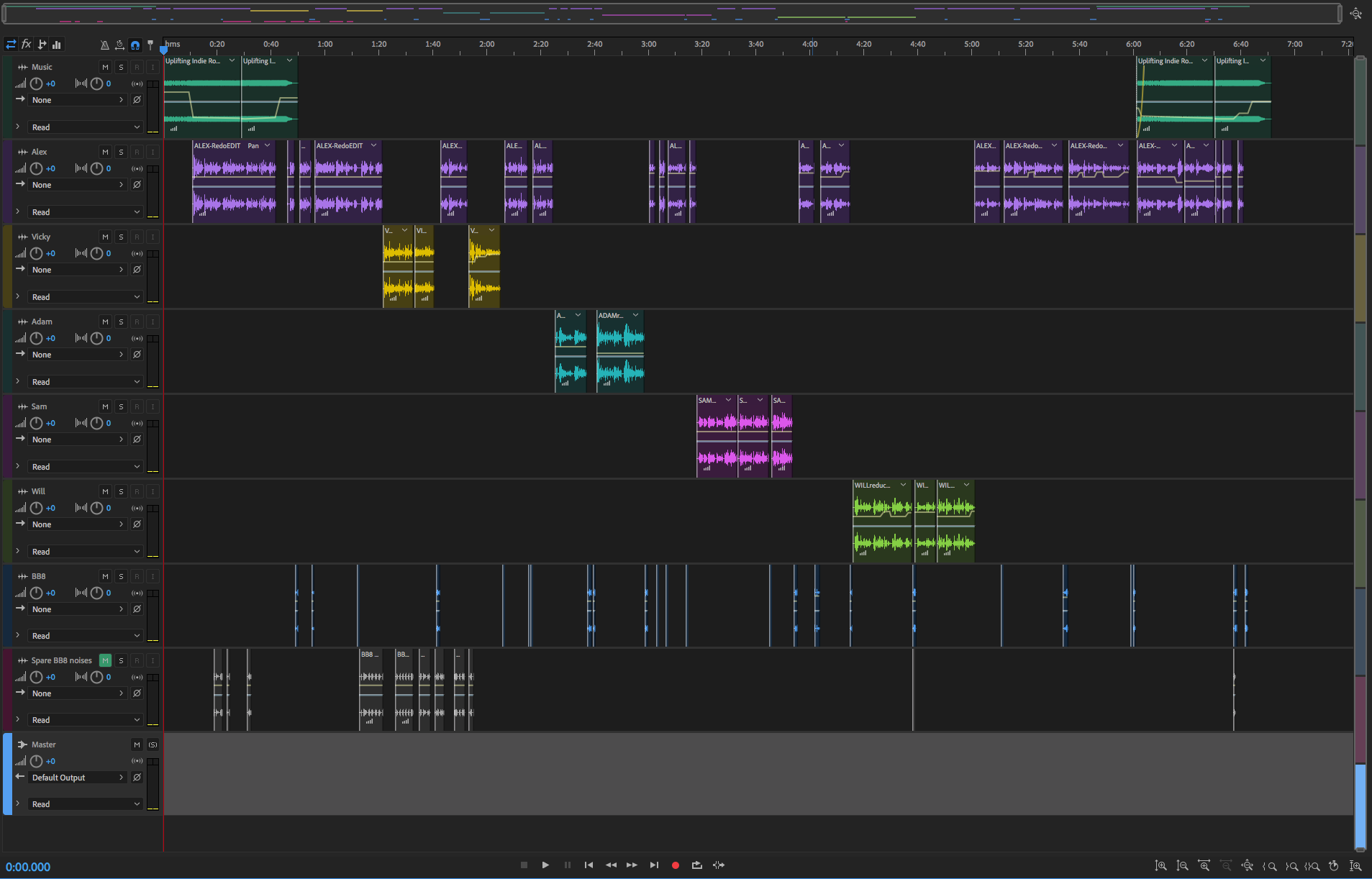5 STEPS TO A SCHOOL PODCAST
.jpg)
Thinking about starting a school podcast but not sure where to begin? We recently started our own podcast over on our Soundcloud account and wanted to share what we learnt along the way! This easy guide will take you from zero to hero. In April, we released a blog on 5 great ideas to start a school podcast but how do we put those great ideas into practice?
What is a podcast?

-
An episodic series of spoken audio clips that are often focused on a particular topic or theme (e.g. Education, sports, etc.). Feel free to take baby steps and be realistic. If you think you currently do not have the capacity to release a weekly podcast then start off slowly and build up!
So why should my school have a podcast?
-
It can be student-led and provide pupils with valuable skills for future jobs.
-
It is relatively easy to do and requires little editing experience.
-
They are on the rise! 12 million people listened to a podcast for the first time in the last year.
-
It is a great way for parents/prospective parents to see a more personal version of the school.
-
Your content can be shared out on social media channels and form part of your #ContentStrategy.
What could we speak about?
![]()
-
Pupils vs teachers: This could be pupils interviewing staff or a quiz-style podcast.
-
A weekly round-up of school events with teachers or guest pupils.
-
A study guide aimed at pupils. This could be run by staff or by students/alumni.
-
Archive: Your school has a rich history, so why not share that with your followers?
-
The head’s podcast: With heads regarded as the ‘influencers’ in a school, encourage the head to take part with an episode about leadership.
-
Any more ideas? Let us know in the comments section below.
What equipment do we need?
-
A microphone
-
A pop-filter
-
An audio interface
-
A computer/laptop (with recording and editing software such as GarageBand/Audacity/Adobe Audition)
-
A quiet room for recording, or some noise-cancelling solution.
Let’s get started with the 5 steps to creating your first school podcast. The first of many we hope!
STEP 1: IDEAS

You’ve got all the equipment ordered or ready and you feel prepared to send out your first episode! We always say that lots of content without a #ContentStrategy can just become noise, no matter how great that content is. With the amount of platforms out there these days, it’s easy to bury our heads in the sand and think ‘how am I supposed to post on all platforms’? The answer is simple:
Fail to plan, plan to fail.
The first step to your school podcast should be thinking about what not only this episode will focus on, but also on the contents of the series. We recommend planning ahead to the next 3/4 episodes. As we say, you should always be focused on the wider #ContentStrategy and not just thinking about releasing content for the sake of it. How about released a monthly series? Each month could focus on a different topic or be set out in a different style. Some examples of how you could do this at your school:
-
June: Headmaster’s Month
-
July: Staff vs Student
-
August: Archive August.
-
The possibilities to share your wonderful #SchoolStories are endless.
REMEMBER! A podcast should be as natural as possible and unscripted if possible. We find that this gets easier the more and more you release. If you need a loose script for the first podcast then this can be a great foundation to build on and release more ‘natural’ podcasts.
STEP 2: SET-UP

So, you’ve planned out what your podcast is going to be about, you’ve got all of your equipment, now it’s time to get serious!
Setting up and testing well will save you a lot of time further down the line and prevent you from having to edit out any background noises or correct volumes. Here is an example of what a basic set-up should look like:

A simple set-up
If you do not have one available at your school, you can easily pick up a good microphone online for a small cost. We recommend using a microphone with a windscreen to avoid background noises and heavy breaths. We would also recommend using a pop filter as this will cut out those sharp P sounds. Most microphones that you can pick up online will already come with these two tools but it’s well worth being aware of!
STEP 3: RECORD

Here comes the fun part! As mentioned in the introduction, podcasts generally work better if they are an unscripted conversation or monologue. However, if you don’t feel comfortable, then try scripting the first few episodes as you get more confident and comfortable.
Speak clearly and naturally into the microphone and don’t be afraid to make mistakes. If you are using a script then just repeat the sentence as it can be edited out after. If you are not using a script then any mistakes made will just add to the natural sound of your podcast. Always check your levels before recording all of the podcast. We recommend recording 30 seconds of speaking before starting the real recording. This way you can check levels and for any background interference.
Research shows that users generally prefer a podcast that lasts less than 16 minutes. It needs to be long enough to be informative but not too long that listeners get bored and switch over. Most listeners will listen to podcasts during their morning commute or if their work allows it, during work time on their headphones.
STEP 4: EDIT
So you’ve got all of the voices recorded but it’s not quite up-to-standard. The next step is to edit the recordings that you have. We recommend using either a free tool such as Audacity or for more advanced features, a paid-for tool such as Adobe Audition.

Here are the steps to the perfect track:
-
Cut out any gaps/mistakes - WARNING! don’t edit out all gaps, people do breathe.
-
Use the capture noise print tool to remove background noise.
-
Check levels and voices are at roughly the same volume throughout.
-
Input sounds/music. To do this, use the multitrack function. Add cool effects to your sounds and music, such as fade-in and out
-
Make sure to listen from start to finish to check the flow and that it sounds natural.
-
Export to WAV to post on Soundcloud.
STEP 5: RELEASE AND PROMOTE
You’re happy with your podcast and ready to share it out to the world, but how best do you go about this? We recommend sharing out your podcast using Soundcloud. This is a free social media platform that allows you to share audio tracks. The first step is to upload your track as a single publication. You will then need to add an image to your podcast. We recommend creating a graphic that best represents your podcast. A branded image helps to make the podcast look more professional and be aesthetically pleasing across platforms. Once you have uploaded your track, you can create an album for your podcasts. You could create an album for each series that you release to separate them.
Once your track has been uploaded on Soundcloud, make sure you then make people aware of this. One way to do this is to share your track on Twitter. If you simply copy and paste the link from Soundcloud, Twitter recognises this a track and will upload it as a link. Soundcloud also allows you to embed your track on your website or school blog. Also, make sure that your Soundcloud feed is added to your school website. For advanced knowledge and to really make your Soundcloud STAND OUT, next week’s blog will be focusing on how to make best use of Soundcloud in your #ContentStrategy.
BONUS TRAINING:
Got outtakes from your original clips? Why not show your personal side and post the appropriate ones on your social platform of choice!
We look forward to seeing how your stories develop on Podcasts. Be sure to subscribe to the #SchoolBytes blog to keep updated with the latest tips and tricks to improve your #SchoolStories. Please feel free to get in touch with social@interactiveschools.com for further tips and advice and to arrange social training at your school.
data-form-id="5d0263fa06eb8900011e50cc"
autocomplete="on"
method="POST"
novalidate
onsubmit="return (function (form) {
Y.use('squarespace-form-submit', 'node', function usingFormSubmit(Y) {
(new Y.Squarespace.FormSubmit(form)).submit({
formId: '5d0263fa06eb8900011e50cc',
collectionId: '',
objectName: 'post-5d025f3766308b0001263f57'
});
});
return false;
})(this);">
Subscribe to #SchoolBytes
Sign up with your email address to receive your weekly dose of #SchoolMarketing tips straight to your inbox.
newsletter-form-button
sqs-system-button
sqs-editable-button-layout
sqs-editable-button-style
sqs-editable-button-shape
sqs-button-element--primary
"
type="submit"
value="Sign Up"
>
Sign Up
>
We respect your privacy.
